Cruise Control consists of three main parts: Vehicle speed sensor, controller and actuator. The vehicle speed sensor will transmit a signal to the controller, then the controller will send a command to the vacuum valve, which is directly connected to the throttle. The vacuum valve will control the appropriate throttle opening, helping the vehicle automatically maintain the preset speed, allowing the driver to take his foot off the accelerator pedal.
Experts say that in addition to helping the car maintain a stable speed, the Cruise Control feature also helps save fuel. When the speed is maintained stable, the variation in speed will be reduced, leading to less fuel consumption.
Just press the Cruise Control button and adjust the speed as desired, the driver can "relax" when the car will automatically calculate to maintain a stable speed. This helps reduce fatigue when driving long distances.
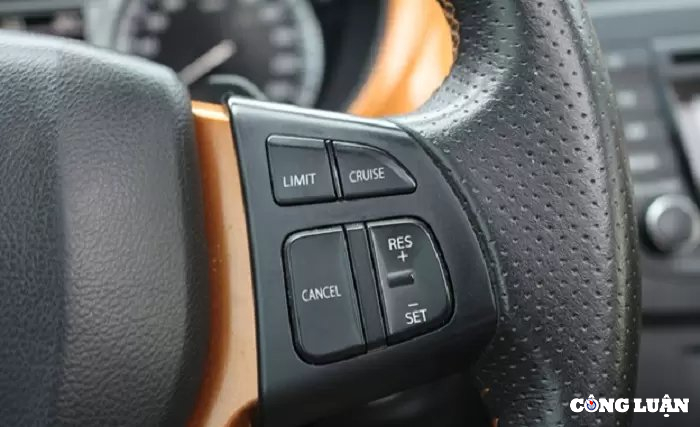
However, Cruise Control only works in certain conditions, such as driving on the highway, flat roads with few vehicles. On bad roads, winding roads, steep passes, using Cruise Control can become a "double-edged sword" and even consume more fuel than usual.
Cruise Control systems are often slow to react to changes in slope. When reaching the bottom of the slope, the system is activated through new sensors and "stuffs" more gas into the car, causing higher fuel consumption than if the driver had actively increased the throttle to gain momentum beforehand.
In addition, the speed set via the Cruise Control system is not completely accurate on complex roads, which can lead to speeding violations if the driver relies too much on this feature. Therefore, the driver should set the Cruise Control speed slightly lower than the prescribed limit on the road to avoid risks.
Source: https://www.congluan.vn/su-dung-cruise-control-co-giup-o-to-tiet-kiem-xang-post304374.html










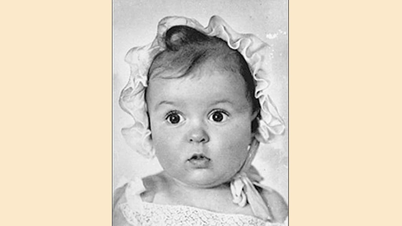



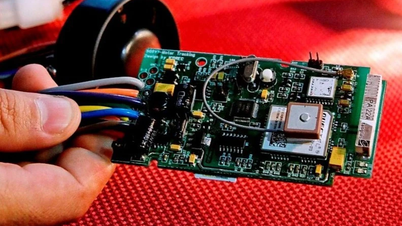
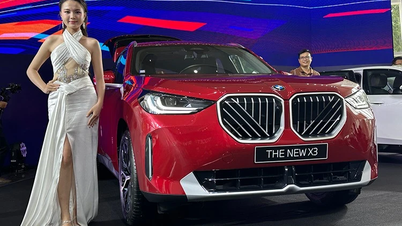





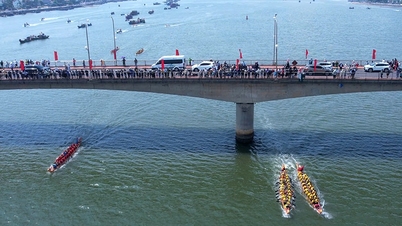


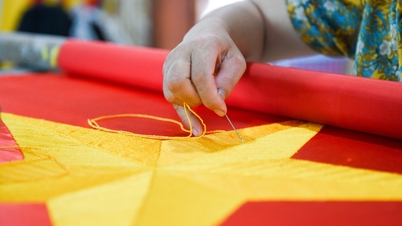
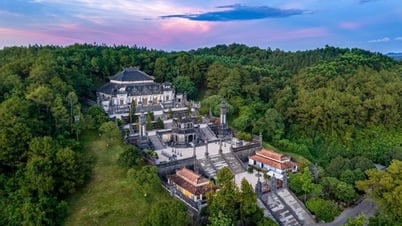
![[Photo] President Luong Cuong works with Hung Yen and Thai Binh Provincial Party Committees on implementing Resolution of the 11th Central Conference, 13th tenure](https://vphoto.vietnam.vn/thumb/1200x675/vietnam/resource/IMAGE/2025/6/6/127b735d2761484d81dcee0d7725a25b)


![[Photo] General Secretary To Lam receives Korean Ambassador to Vietnam](https://vphoto.vietnam.vn/thumb/1200x675/vietnam/resource/IMAGE/2025/6/6/a0765b7543784cbcbfe4755b67d43ab4)




























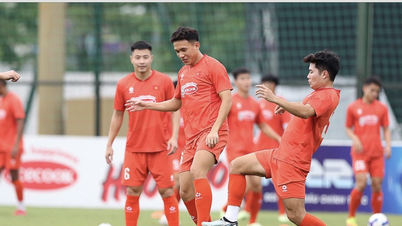
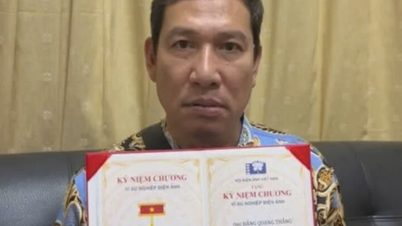





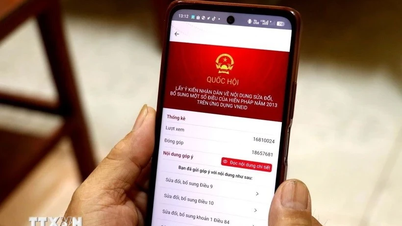












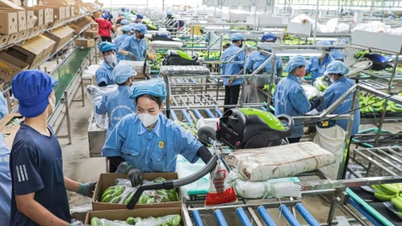


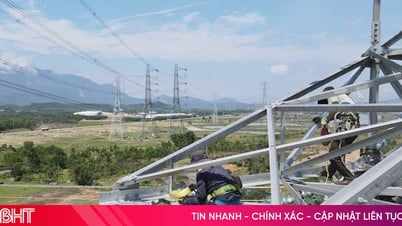








![[OCOP REVIEW] Tu Duyen Syrup - The essence of herbs from the mountains and forests of Nhu Thanh](https://vphoto.vietnam.vn/thumb/402x226/vietnam/resource/IMAGE/2025/6/5/58ca32fce4ec44039e444fbfae7e75ec)





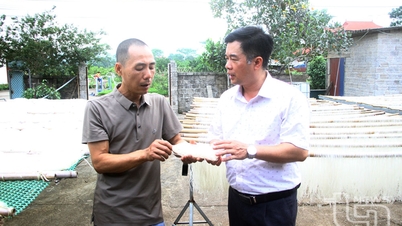

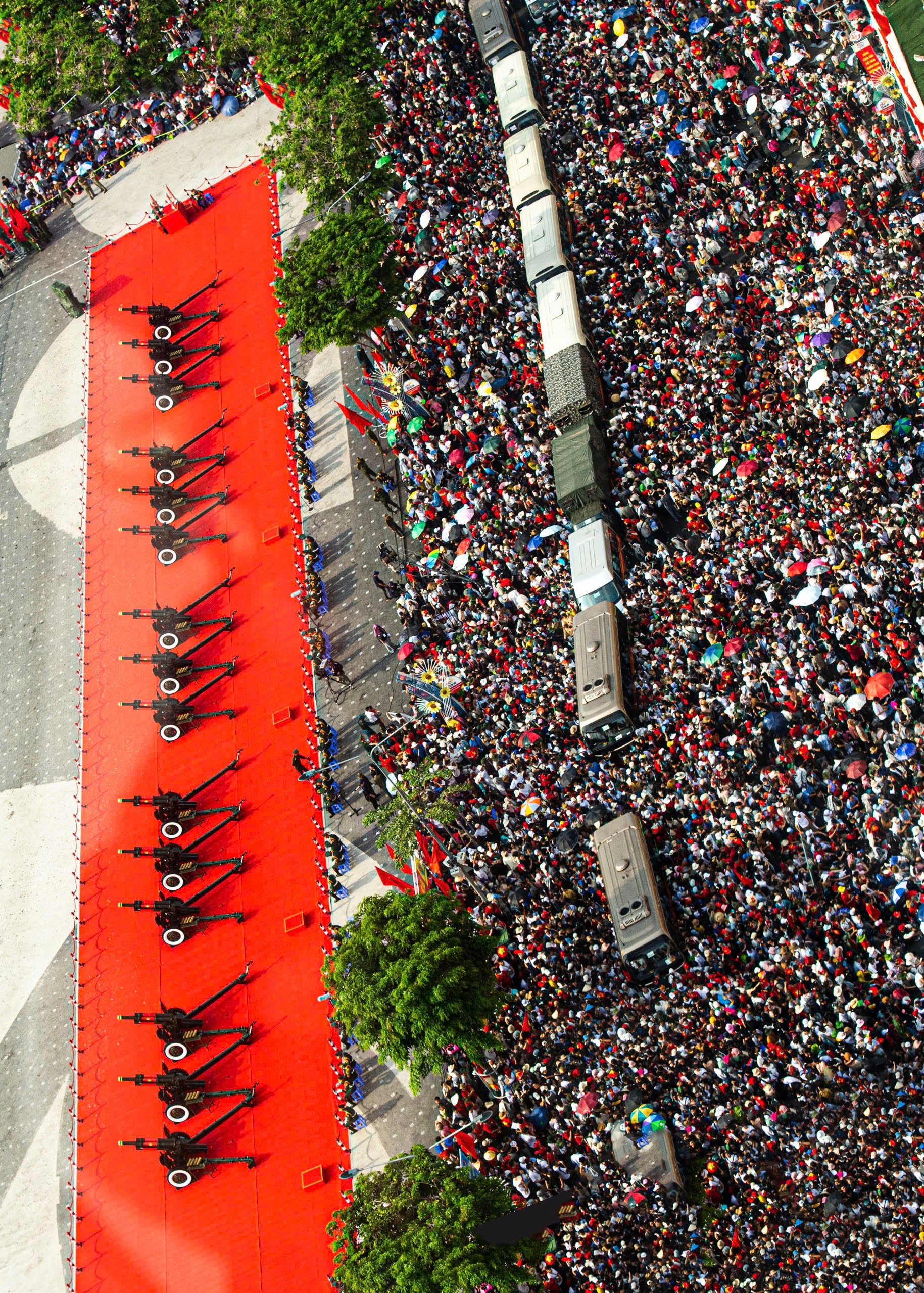


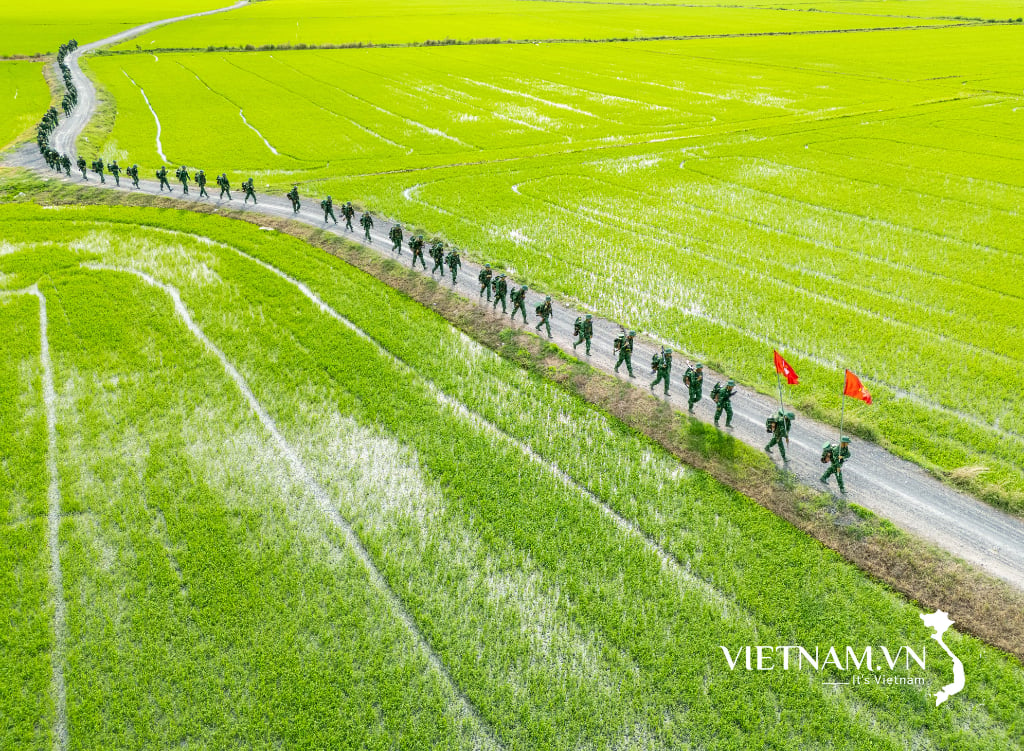
Comment (0)